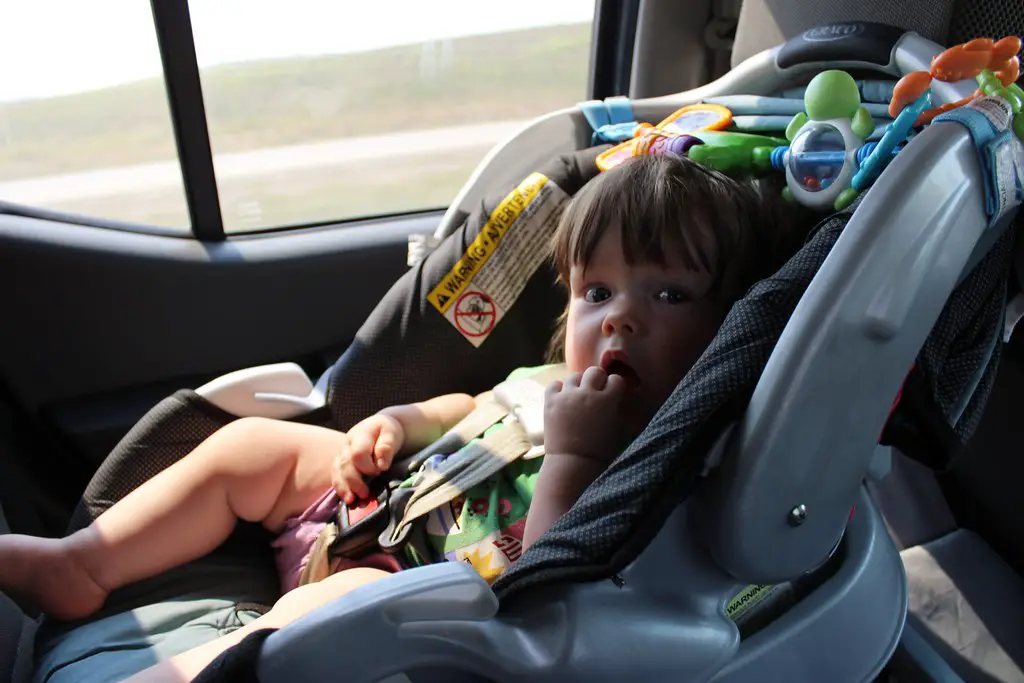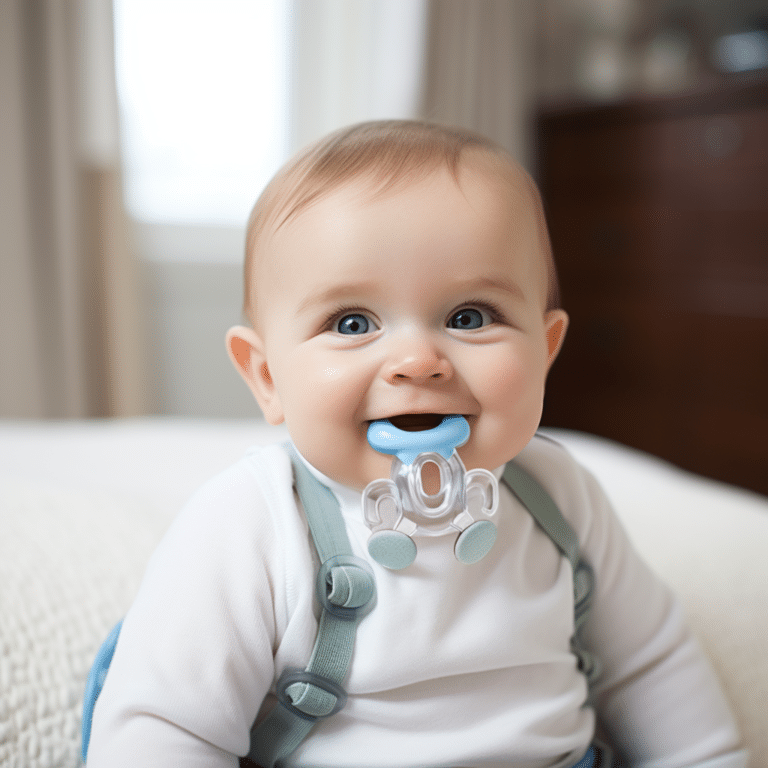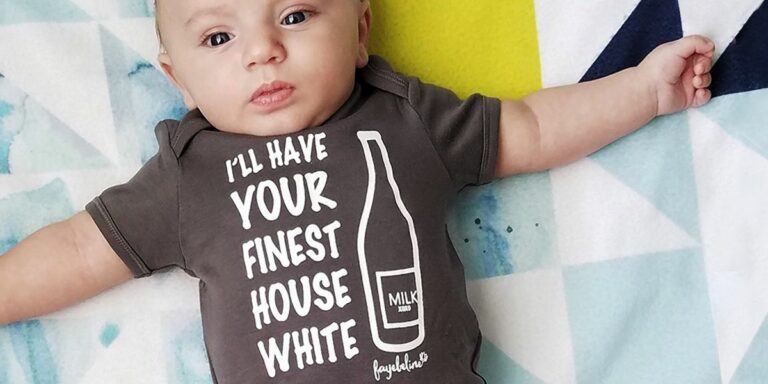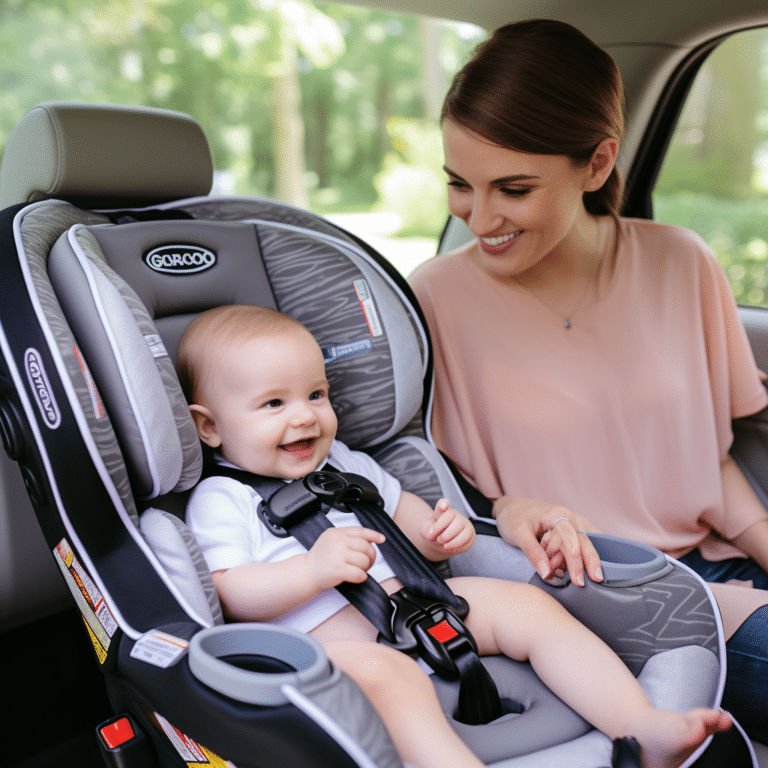Risks of Bottle Feeding in a Moving Car
Dangers of Feeding a Baby When a Car is in Motion
Traveling with a baby calls for preparedness in all areas. When a baby gets hungry, he will need to feed instantly else, you have to face their outrage. Bottle feeding your baby in a moving car can be dangerous due to the hazards that they are exposed to. Ideally, bottle feeding should be done when a car is parked in a secure location. However, the baby has to be fed when the car is in motion in some instances.
The greatest challenge with this is that you cannot properly monitor your baby’s feeding while you drive. Caution should be observed as the safety of the baby and other passengers, if any, is paramount during the trip. There are several risks involved with feeding a baby while a car is in motion.
Choking Hazard
Infants and young babies should not use a bottle unattended while the car is moving. They might not be able to hold or remove excess milk in their mouth, and thus risk choking. Babies are also more prone to experiencing reflux from the milk. Additionally, if he sleeps while bottle feeding, he might draw liquid into his lungs which can lead to coughing, difficulty breathing, discomfort, and choking.
Bottles Become Projectiles In The Event Of a Crash
According to safety experts, any loose item in a car can have devastating impacts on passengers and drivers in case of a crash. For instance, a 20-pound object would hit you with the force of 1,000 pounds when launched in a 55 mph crash.
Aggravates Motion Sickness
Though rare in young children, motion sickness can still occur, and bottle feeding can worsen it. Symptoms include stomach upsets, cold sweat, fatigue, and eventually vomiting. A young child may not be able to describe queasiness but will demonstrate it by becoming pale and restless, yawning, and crying. Vomit can easily choke a young baby.
Trapped Gas
Babies are used to being fed in a stationary state. Movements of a moving car are likely to allow extra gas to the mouth that they swallow, ending up with trapped gas in their tummy hence the discomfort. You don’t want to deal with a fussy child on a trip!
Difficulty in Burping
There are three recommended methods of burping a child. The first option; hold your baby upright with the head resting on your shoulder, and pat the back with your other hand. Second, you can sit your baby on your lap supporting the chin and chest with one hand and then rub or pat the back with your other hand. Finally, you can rest your baby face down on your lap and gently rub or pat the back. Trying to burp your child while a car is in motion is dangerous because you have to unstrap him. If a crash occurs, the impact would be disastrous.
Messes Up the Car Seat
If your baby holds up the bottle upside they can get the seat filthy due to unintentionally spilled milk. Woe unto you if the seat’s fabric isn’t easy to wipe! You will have to bear with the smell till the seat is washed.
Causes Distractions While Driving
Bottling feeding might lead to distractions while driving. Younger babies may not be able to hold their bottles properly. The bottle may slip from their small hands, requiring your active involvement during feeding. If the baby chokes, your attention while driving may be diverted, and the cries of discomfort can further distract you. If a baby experiences motion sickness, the driver’s concern for their safety may compromise concentration on the road, potentially leading to an accident.
Sleep Associations
Babies tend to fall asleep easily while traveling. When you give them a bottle before sleeping in the car, it makes them associate sleep with bottle feeding and might eventually find it hard to sleep without the bottle.
Precautions While Bottle Feeding a Baby in a Car Seat.
- A responsible adult should hold the bottle for the baby. Do not just prop it up. Propping a bottle for a baby who is not yet able to hold it on their own is dangerous, and may pose a higher risk of aspirating. Aspiration occurs when food, drink, or foreign objects are breathed into the lungs (going down the wrong tube).
- Burp your baby after feeding. When a baby swallows, air bubbles can be trapped in their tummy and cause discomfort. Though burping may be difficult while a car is in motion it is a very important step after every feeding session.
- Feed your baby in a seated position; do not feed them or allow them to feed in an inclined position.
- Supervise self-feeding older babies. Do not assume they are aware of the risks they face.
- Feed your child during the 2-hour baby car seat rule. According to pediatrics, a baby should not sit in a car seat for more than 2 hours continuously. You can take advantage of the break and feed your baby.
- Use a smaller than usual bottle. In an unfortunate event of a crash, a smaller bottle will result in less impact compared to a larger one.
- Try to protect the car seat as much as possible from getting messy. Place a towel or a cloth on the seat for ease of cleaning up.
In conclusion, bottle feeding your baby in a car seat while the car is parked is the ideal recommendation as it is safe and comfortable for both the baby and mum. This recommendation might not be applicable in some instances. When bottle-feeding your child in a moving car, care should be taken not to compromise the safety of the baby, driver, and other passengers in the car. One should also consider the state of the road and the safety of other road users before deciding to bottle feed a baby.






